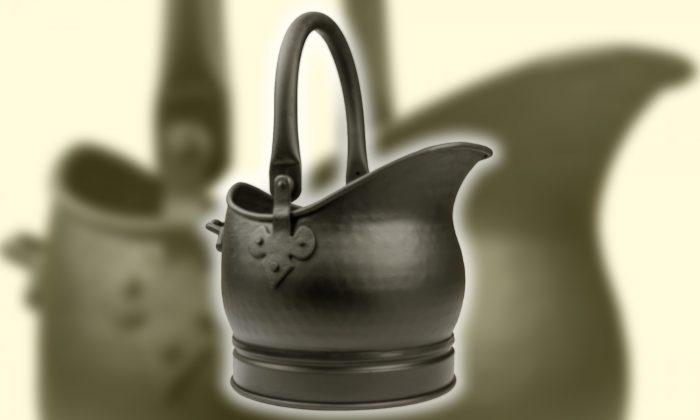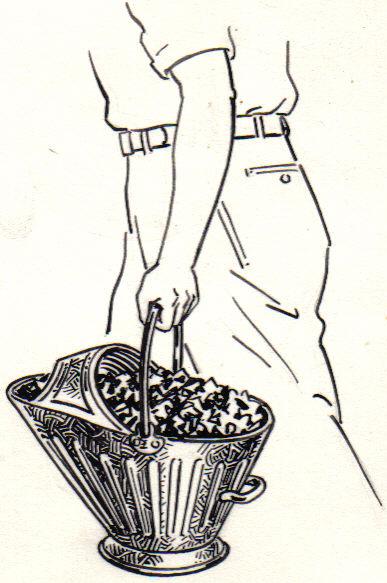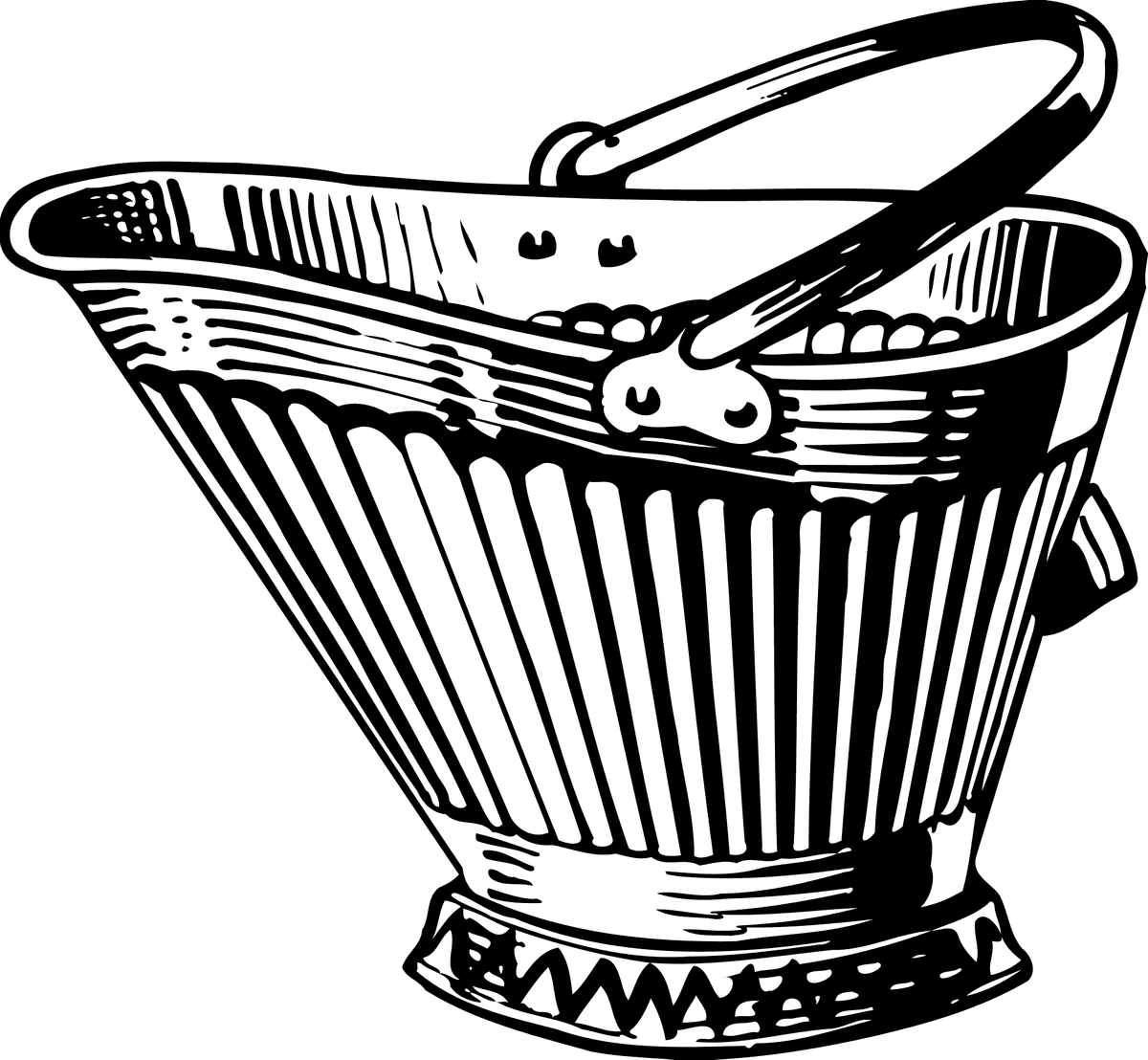
“It’s a milking bucket,” wrote one listener, “[for] when you milk and you carry it into the house and you pour it into a big old jar!” But while it was a good guess, sadly it wasn’t correct.

“I know what that is, I have one,” ventured another. “Except mine is painted all black and I put a plant in it and it looks so cool.” An elegant solution! But not the solution to the question in hand...
“Used one while in third through fifth grade. One-room school houses,” added another, cryptically. “[We] had a hand pump for water as well. Outside toilets, as well.” But the question still remains: what is this bizarre-looking relic?
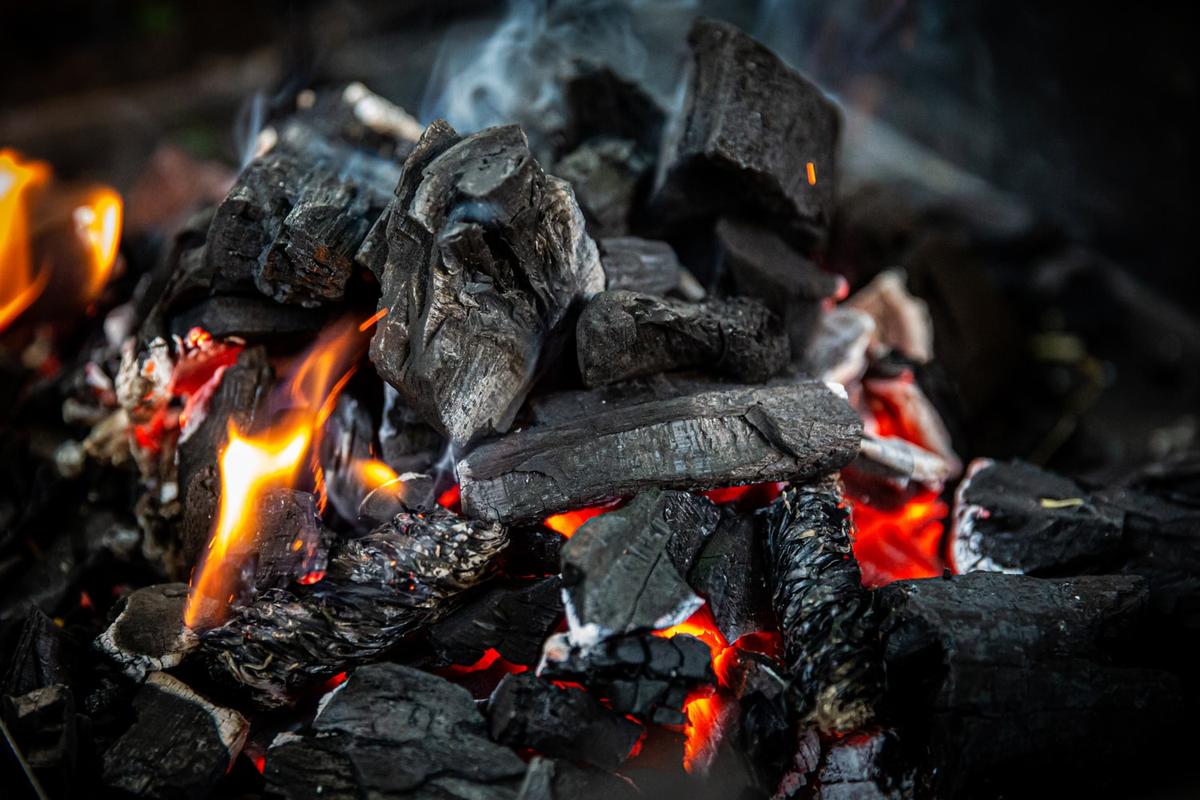
“My 81-year-old mother still uses hers to empty her stove that she cooks on in the winter time,” somebody else chimed in. Okay, okay, enough clues; we need answers! What about you, Epoch Times reader. Have you guessed yet?
Naturally, it’s a coal scuttle!
Otherwise known as a “coal bucket” or “coal pail,” this device, which saw its heyday in the Victorian era, was used to carry and store coal as fuel for an indoor coal-fired stove or heater. This happened back in the days before central heating was installed in people’s homes.
Social media users slapped their foreheads in unison, unable to believe they hadn’t thought of it first. But many, excited by the trip down memory lane, were quick to share their memories of using coal scuttles at home.
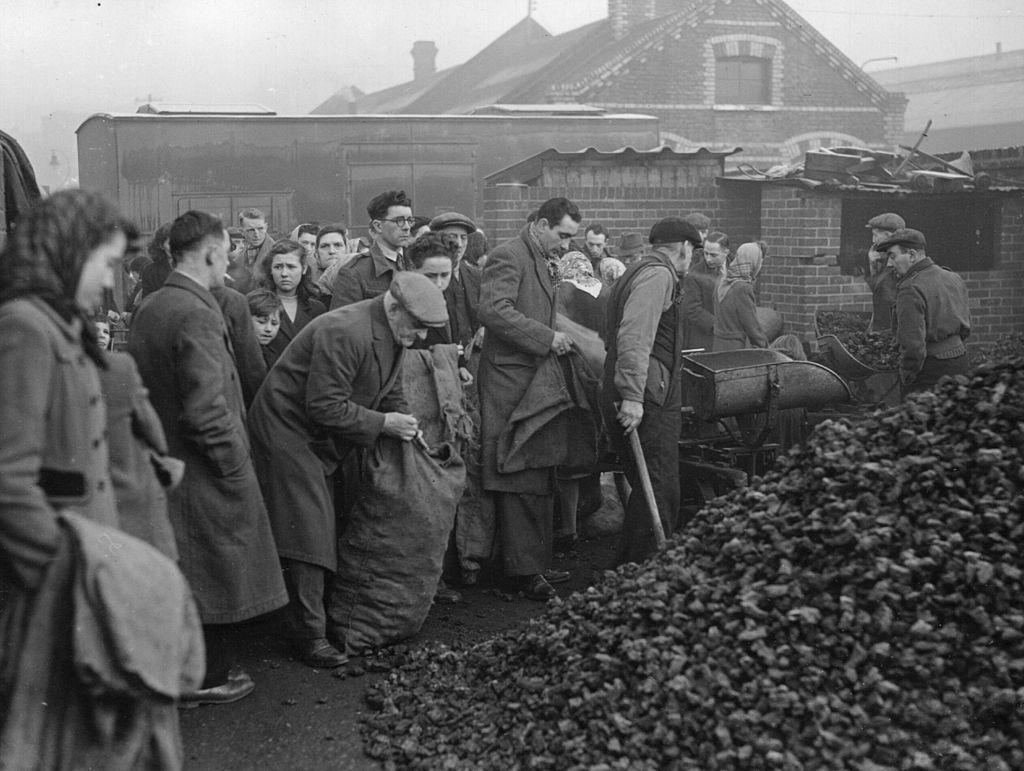
“Grew up on a farm back in the early days, [the] 1950s,” added another nostalgic social media user. “We used wood and coal stoves for everyday cooking and warming, and I had to empty the ashes and keep the firewood stocked up daily.”
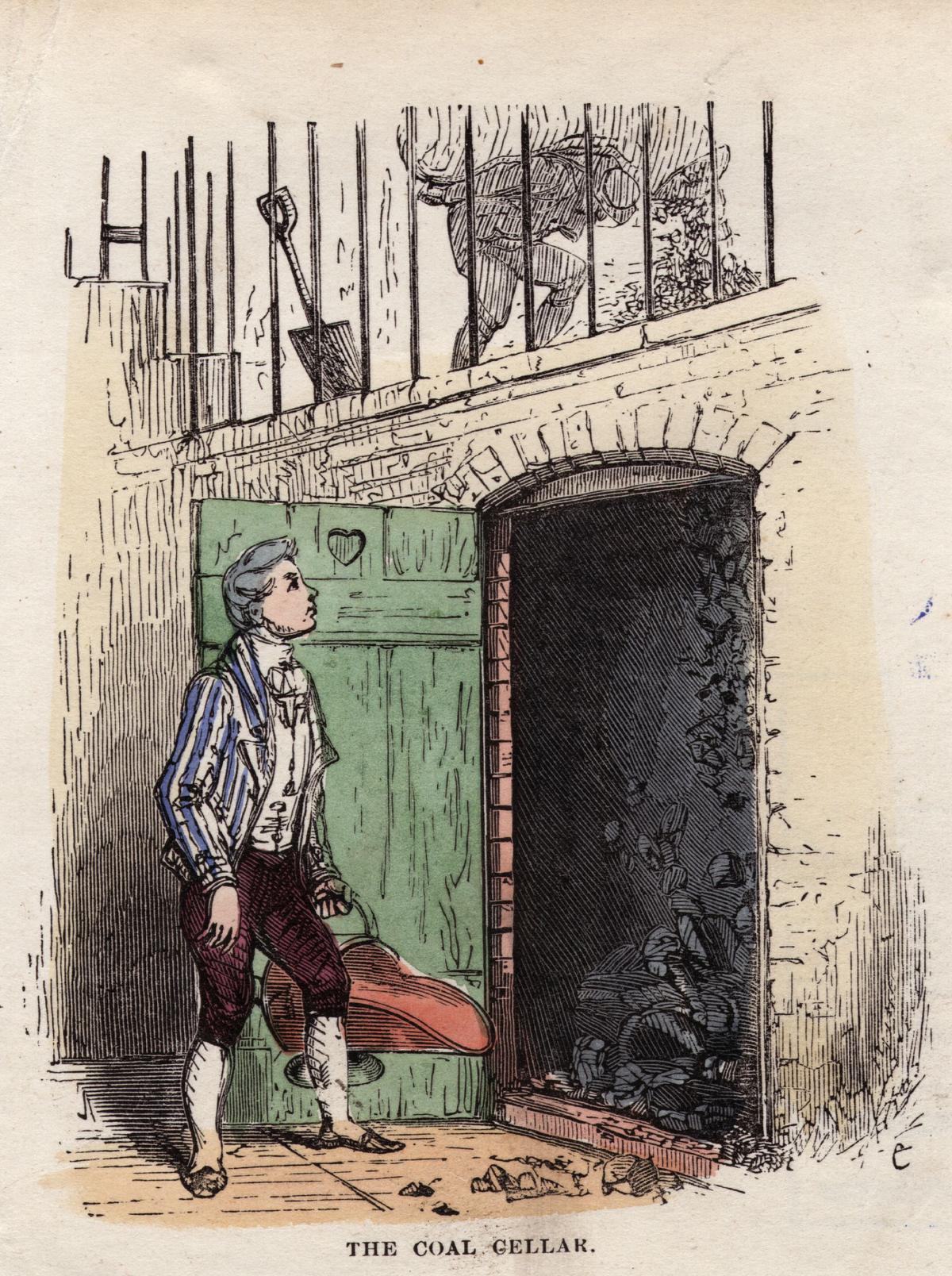
Coal scuttles have either one or two handles, and they are so handsome that some people use them for decorative purposes. Maybe somebody you know has one in their own home.
So, what’s the verdict; did you know this was a coal scuttle? Have you ever used one?
If you knew what it was, then congratulations, you’re in the minority! As coal fires fade into obscurity, fewer and fewer people will be able to recognize these fascinating relics from times past.
If you knew this was a coal scuttle, then be sure to share the image with friends and family and test their historical knowledge, too!

